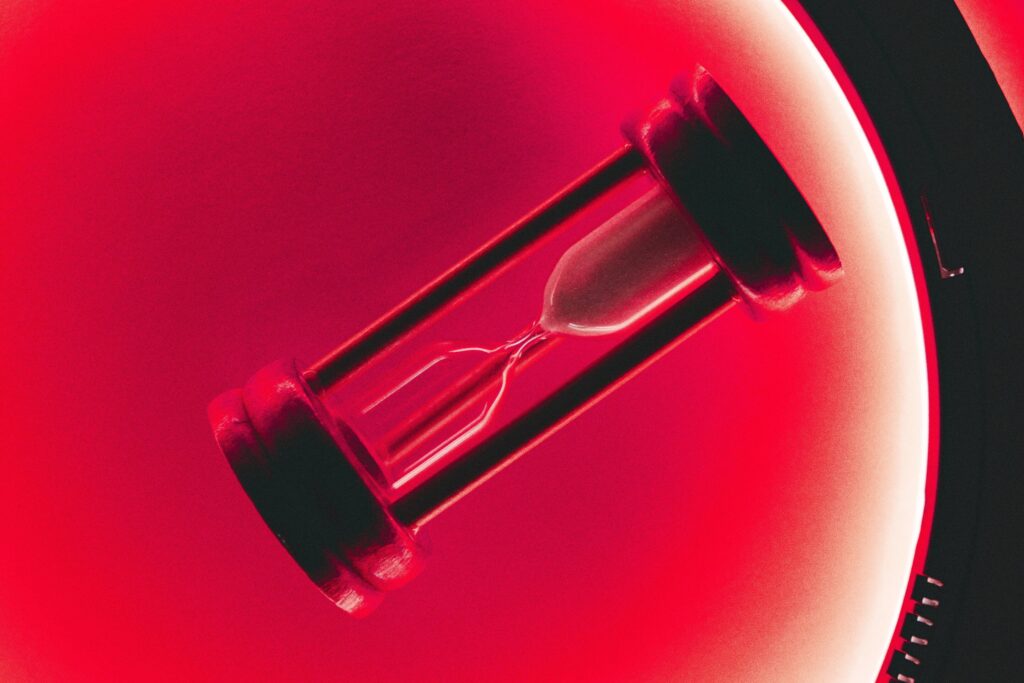Researchers from the University of Central Florida have developed a method to help open up the field of attosecond science to researchers from all the fields.
What is attosecond?
An attosecond is 1×10−18 of a second (one quintillionth of a second or one billionth of a billionth of a second). For context, an attosecond is to a second what a second is to about 31.71 billion years.
Such precision of attosecond allows researchers to study the fast motion of electrons inside atoms at their natural time scale. Such precision can help us study the fundamental interaction of light and matter which might find applications in harvesting solar energy for power generation, detecting chemical and biological weapons, performing medical diagnostics, and more.
“One of the main challenges of attosecond science is that it relies on world-class laser facilities,” says Michael Chini, an assistant professor Department of Physics at UCF and the study’s principal investigator. “We are fortunate to have one here at UCF, and there are probably another dozen worldwide. But unfortunately, none of them are truly operated as ‘user facilities,’ where scientists from other fields can come in and use them for research.”
The major problem which inhibits biologists, chemists, and material scientists from applying attosecond science is the lack of these facilities.
“Our work is a big step in the direction of making attosecond pulses more broadly accessible,” Chini says.
The team has shown that industrial-grade lasers that come at a price tag of around $100,000 and are more accessible can now be used to generate attosecond pulses. Moreover, the setup is simple and operates over wider parameters.
Attosecond science can be compared to sonar or 3-D laser mapping but at a much tiny scale. When an attosecond light pulse passes through a material, the interaction with electrons in the material distorts the pulse. Measuring these distortions allows researchers to construct images of the electrons and make movies of their motion.
Until now, researchers required complex laser apparatus, large laboratories with a clean room facility to access attosecond science.
Producing the extremely short light pulses needed for attosecond research, essentially consisting of only a single oscillation cycle of an electromagnetic wave, has further required propagating the laser through tubes filled with noble gases, such as xenon or argon, to further compress the pulses in time.
But the current research team has developed a way to get such few-cycle pulses using available industrial-grade lasers, which couldn’t do that earlier.
They compress approximately 100-cycle pulses from the industrial lasers by using molecular gases, such as nitrous oxide, in the tubes instead of noble gases and varying the length of the pulses they send through the gas.
We have demonstrated compression to only 1.6 cycles, and single-cycle pulses are within reach of the technique, the researchers say.
“The choice of gas and duration of the pulses is key”, says John Beetar, a doctoral student in UCF’s Department of Physics and the study’s lead author.
“If the tube is filled with a molecular gas, and in particular a gas of linear molecules, there can be an enhanced effect due to the tendency of the molecules to align with the laser field,” Beetar says.
“However, this alignment-caused enhancement is only present if the pulses are long enough to both induce the rotational alignment and experience the effect caused by it,” he says. “The choice of gas is important since the rotational alignment time is dependent on the inertia of the molecule, and to maximize the enhancement we want this to coincide with the duration of our laser pulses.”
“The reduction in complexity associated with using a commercial, industrial-grade laser could make attosecond science more approachable and could enable interdisciplinary applications by scientists with little to no laser background,” Beetar says.
Journal Reference:
Science Advances (2020). DOI: 10.1126/sciadv.abb5375

